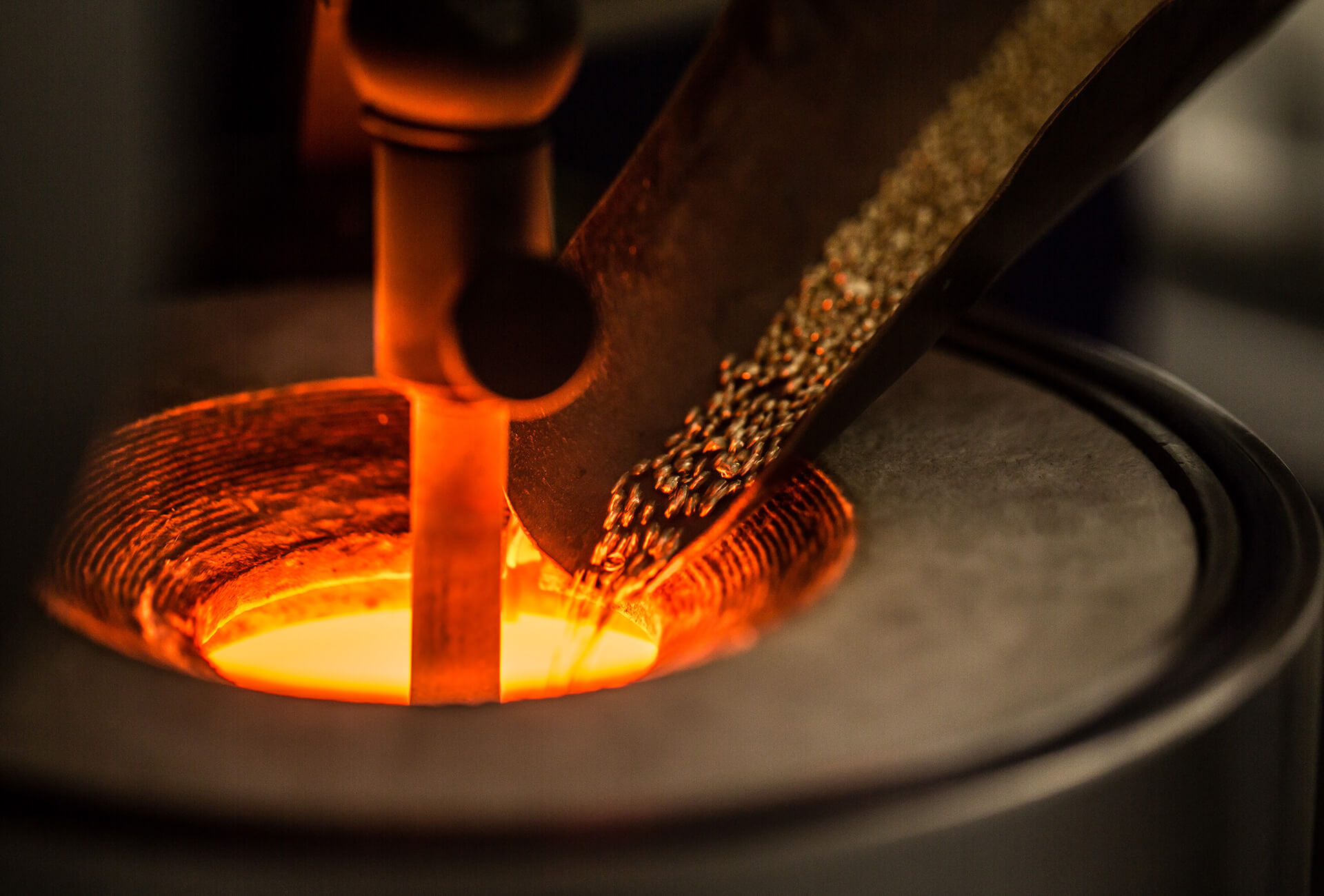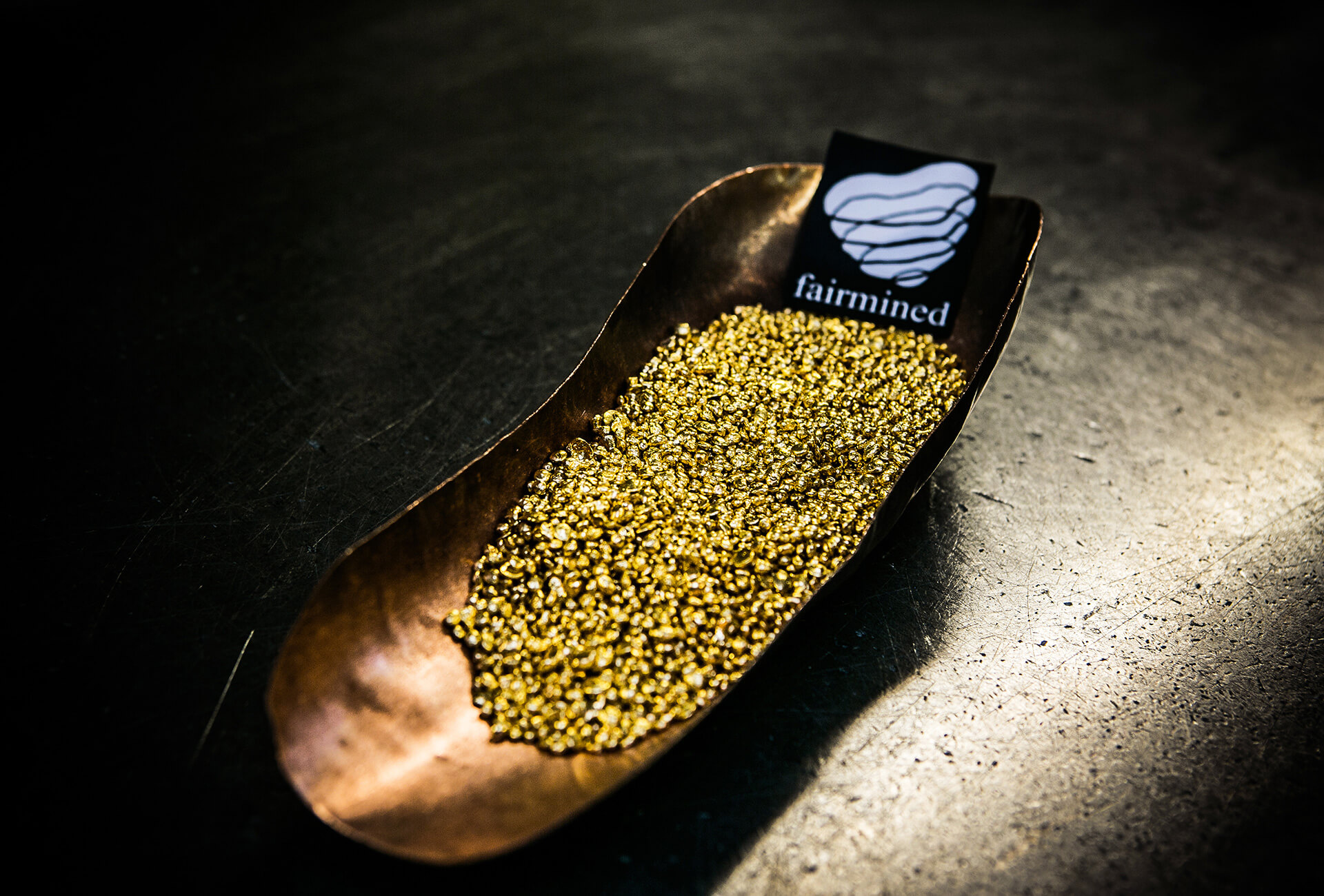Imitation is said to be the sincerest form of flattery, but the watchmakers (and other industries) whose products are ripped off may not agree. Every fake watch robs the brand of its intellectual property, financial investment, hard work, creativity and innovation. With 74% of American and 84% of Chinese Gen Zers buying fakes, counterfeits are taking a large chunk of the market. A fine watch is a status symbol, so when a watchmaker produces a stunning timepiece, counterfeit versions are bound to follow. Some buyers knowingly purchase a fake to align themselves with the luxury and status of a brand they can’t otherwise afford. Others do so unwittingly. Externally, counterfeits are increasingly convincing with some even replicating the movement of the watch, and occasionally they can slip through the cracks (onto the pre-owned market, for example). Irrespective of whether the buyer is perfectly aware of the origin of their watch or has been misled, the problems counterfeit watches pose remain the same.

The problem with fakes...
The first issue is that these watches are illegal because they copy a name and logo that is the property of a brand. Secondly, they are a waste of money. Counterfeit watches are generally made from inferior materials, aren’t watertight and in some cases don’t even keep time properly. Only a genuine watch is a true investment (including should you wish to sell it on later). Thirdly, the manufacturers producing these fakes are completely unregulated. Who’s to say your fake watch wasn’t made using irresponsibly-sourced materials and with disregard for labour conditions? Fourthly, to buy a counterfeit watch is to put money into an illegal industry. Fake watches bring none of the rewarding feelings of pleasure and admiration that only come with the genuine article.
Blockchain, the new era in transparency
Blockchain is a decentralised ledger, distributed across many different devices, that stores transactions in a sequence. Put simply, it is a digital trail to which information can only be added, not deleted or modified in the way paper documents can. Decentralised means it is a peer-to-peer network that doesn’t involve any governing authorities or other intermediaries. This results in a completely transparent database that anyone within the ecosystem can access but which cannot be changed.
How to harness the power of blockchain
While blockchain has many applications, specifically it is a valuable tool in fighting the production of fake luxury items like watches. Blockchain technology creates a forgery-proof digital certificate of authenticity, so that each watch that is put onto the database can have its ownership and origin tracked. This makes it easy to weed out counterfeits, as they won’t have a chain of records. Provided everyone involved in the watch’s life cycle (suppliers, manufacturers, sellers) take part, the watch can be tracked to its origin, thereby creating complete transparency.
Blockchain also makes easily fakeable paper documents obsolete and can therefore be used to confirm that the person or company selling the watch is the rightful owner. This authenticity tracking makes fakes easier to spot (and therefore less appealing). For example, the owner of a genuine watch can use an app on their phone, connected to a blockchain database, to prove its authenticity, whereas a fake would be instantly revealed for what it is.
Other applications exist aside from authentication. In February 2018 Chopard vowed to only use ethically sourced gold, and stated that blockchain was one of the tools under consideration. The precise origin of the gold used for each piece would be stored, enabling the customer to find out where the gold in their watch or jewellery came from, and ensure it was of ethical origin. This could have huge implications for the future of watchmaking. The fact that materials could be traced back to their source could put pressure on manufacturers to know where their raw materials were coming from – which can only mean good things for the sustainability of watchmaking.
Early adopters
Vacheron Constantin has been one of the first watch brands to take up use of the technology on its Les Collectionneurs collection, released this year. The brand is using blockchain to create a digital certificate that allows each watch in the collection to be traced back to its origin. All the information for each watch will be completely transparent and accessible to the customer.
Another brand that has been early on the uptake is ChronoBase, a global luxury watch database. The database is available as an app that can be used to register a watch so that, with the involvement of manufacturers and dealers, its authenticity can be confirmed and its entire life cycle recorded. The app can also be used to notify the authorities if a watch is stolen. If someone is sold a watch that is registered on the database as stolen, they can use the app to alert the rightful owner.
Other projects are bringing blockchain technology to clients across many different industries. LUKSO, which is focused on the fashion and lifestyle industry, is one. This open blockchain ecosystem provides a decentralised ‘trust infrastructure’ for fashion brands, start-ups and customers which can be used to record the history of products. The concept aims to create new forms of value for luxury items, as no part of the product’s provenance is open to question.
LUKSO believes this technology will become vital among Gen Z consumers who want full information about the products they buy, including where the raw materials came from and where it was made. In an age where ethical fashion and sustainability are increasingly at the forefront of public consciousness, that customers can rest easy in the knowledge their clothes are sustainable will be a huge incentive to incorporate blockchain into the fashion industry.
VeChain is another concept that is bringing blockchain technology to industry. Services include anti-counterfeiting tools that use blockchain technology to create a database of product history that businesses and consumers can use to verify a product’s authenticity – something which could be easily applied to the watch market.
Not only is blockchain influencing the watch market, it is also influencing designs. In 2018 Hublot and OS Limited, Asia’s leading digital asset brokerage, teamed up to create the Big Bang Meca-10 P2P watch. It can only be bought using Bitcoin and is produced as a limited edition of 210 pieces, a number that commemorates the 10th anniversary of Bitcoin and the fact that only 21 million bitcoins will ever exist. The watch’s design pays homage to the aesthetics of Bitcoin and blockchain, featuring industrial elements and an engraved strap inspired by the technology. However, at the staggering price point of $25,000 for a watch with no special capabilities, many aficionados feel it is more of a bid to align the brand with the technology than an endeavour in fine watchmaking.
The one area where this technology is likely to have the biggest impact is the pre-owned market. By using blockchain to authenticate inventory, vendors can potentially increase their customer base by giving buyers the assurance they need. Using blockchain in the second-hand market will also strengthen the brand as it will reduce the number of counterfeits in circulation that damage their reputation.
Challenges to adopting blockchain
Blockchain is a technology still very much in its infancy and, as with any ground-breaking technology, structural changes and new ways of thinking need to be accepted if it is to succeed. For blockchain to work, it must have access to every piece of data about a product’s history, which can only happen if every party involved with the product contributes. The more people or companies take part, the more data will be available for the product, creating more reliable records and stronger authentication.
The most revolutionary thing about blockchain is the extreme transparency that it creates. This may be the very thing that could make brands nervous, as it requires them to know every detail of their supply chain, but if this is what it takes for consumers to trust brands, so be it. While such a degree of transparency may be disruptive, all parties stand to benefit. The effort required by this large-scale collaboration would be worth it.
One key issue with using this technology as an authenticity certificate is that while the tech itself may be tamper-proof, finding a tamper-proof manner to mark the physical product to correspond to the blockchain data has proved problematic. A serial number could be placed on the watch but this can be easily copied. A possible solution is Smart Dust. Another exciting new technology, Smart Dust are tiny sensors that can be used for communication, detecting light or sound, and crucially to identify items through unique electromagnetic characteristics. These characteristics could create a ‘dust fingerprint’ that can be scanned to prove that the product corresponds to the blockchain data. Smart Dust technology could create a potentially tamper-proof way to match an individual watch to its unique digital authentication certificate and, at only a few millimetres in size, won’t disrupt the design.
Blockchain technology has the potential to be endlessly useful but these are still early days, and lack of awareness or understanding means brands are reluctant to embrace it just yet. For brands to feel comfortable using the technology as a form of digital authenticity, more education and real-world tests are needed. The first step towards fighting counterfeiting is communication with other brands, consumers and regulators to raise awareness about the effects of buying counterfeit goods. Blockchain could act as a preventative method that will protect consumers and enable people to see exactly where their watch came from. Blockchain technology has the potential to bring about changes within the watchmaking industry, combat counterfeiters and require transparency from the brands themselves. Such a monumental shake-up will take time, but it could bring exciting new opportunities and greater security for consumers.











